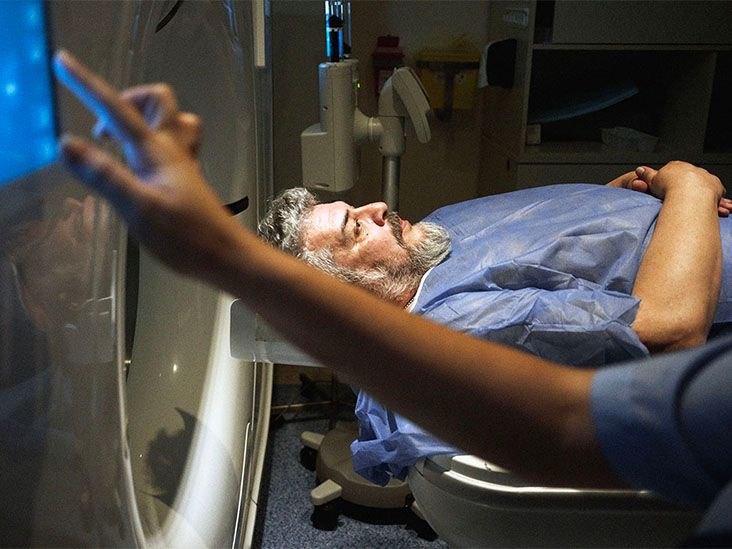Some conditions cause the finger or toe joint tissue to thicken, making movement difficult. This may affect how the joint bends and may feel like it is locking up. A person may also experience joint pain in the fingers and toes.
Tendons surrounding the finger and toe joints control the movement of the digits. A sheath, called the synovial membrane, surrounds the tendons. If the synovial membrane becomes inflamed, it can affect the tendon’s movement. The tendon may become stuck on the sheath and cause a finger or toe joint to lock in place.
This article discusses finger and toe joint locking, including its associated symptoms, causes, and treatments, as well as lifestyle measures that may help prevent or manage it.

People also refer to locking or catching of the joints in the digits as stenosing tenosynovitis. When this occurs in the finger joints, people also call it “trigger finger,” but it can affect any finger joint.
Tendons are cord-like structures that attach muscles to bones. When a specific muscle contracts, the flexor tendons pull on the bones of the fingers or toes,
Flexor tendons run from the forearm to the fingers’ ends across the palm. Each flexor tendon that leads to a finger or toe is encased in a structure known as a sheath, which attaches to the finger and toe bones.
The bands of tissue — a pulley — sit along the sheaths, which hold the tendons near the bones as they flex and stretch.
In people with stenosing tenosynovitis, the pulley thickens, making it harder for the tendon to move, which in turn causes difficulty bending the joint of the finger or toe. The tendon may eventually become inflamed and develop nodules on its surface. When this occurs, the bumps can catch on the pulley and cause a locking sensation.
Symptoms of stenosing tenosynovitis may occur after someone uses their hand for repetitive activities or may develop gradually due to other causes.
- a digit, usually a finger, becoming locked in a bent position
- a popping or catching feeling when bending the digit
- pain when straightening or bending the digit joint
- a sensitive or painful lump at the base of the digit
- stiffness in the joint, especially upon waking, which may ease throughout the day
Doctors do not know the exact causes of finger and toe joint locking, but various risk factors can increase a person’s likelihood of developing the condition. Associated conditions
- Rheumatoid arthritis (RA): This is an autoimmune disorder in which the immune system mistakenly attacks healthy cells in the joints,
causingTrusted Source inflammation in the fingers and toes. - Gout: Crystals build up in the joints and affect their movement. It
typicallyTrusted Source affects the big toe. - Carpal tunnel syndrome: This occurs when the median nerve in the hand is compressed and can cause pain, numbness, and tingling.
- Issues affecting the thyroid: Conditions such as hyperthyroidism and hypothyroidism can
affectTrusted Source the structure and function of the muscles and joints. - Amyloidosis: This occurs when specific proteins in the body build up into deposits in the tissues and organs. This protein buildup could cause pain in the joints.
Research from 2024Trusted Source shows that amyloidosis can lead to trigger finger. Further research must determine how the diagnostic process can help reduce the risk. - Diabetes: This chronic condition affects how the body breaks down glucose (blood sugar) from food and turns it into energy. Trigger finger is a possible complication that may affect people with diabetes, and medical professionals will consider these factors during diagnosis.
- Injury or trauma: Joint locking can occur due to injuries, such as dislocation, when a bone slips out of its joint.
- Developmental: A child’s flexor tendon and sheath may not match in size, which doctors refer to as a pediatric trigger finger.
Infective tenosynovitis
Certain pathogens may result in infective tenosynovitis due to injury or the spread of infection. A
A person needs to consult a doctor if they suspect infection to receive a prompt diagnosis to identify the organism and determine the proper treatment.
Common organisms include Staphylococcus aureus in
Infectious tenosynovitis treatment varies according to the type of organism. Doctors usually prescribe a course of antibiotics, the duration of which depends on the severity of the infection.
For early signs of infections, other possible treatments include sheath irrigation — cleaning the tendon sheath — and catheter-directed therapy. Debridement may be an option for people with late stages of infection, where doctors remove debris from the area with the infection.
Treatment for joint locking in the finger or toe depends on the cause and severity of the condition. It may include:
- resting the joints and avoiding activities that could worsen the condition
- performing gentle stretching exercises to help with stiffness and improve range of motion
- taking over-the-counter (OTC) medication, such as nonsteroidal anti-inflammatory drugs (NSAIDs), to help with pain and inflammation
- wearing a splint, especially while sleeping
- having a corticosteroid injection, which can reduce inflammation
- undergoing surgery, in some cases, to release the affected pulley and allow the tendon to glide more easily, which should stop the locking sensation in the digit
Lifestyle changes
A person may develop joint locking in the digits from repetitive activities. Avoiding or modifying repetitive activities — especially gripping or pinching hand motions — could help prevent locked joints.
Lifestyle measures to manage associated conditions may help avoid or improve joint locking. These may include following a balanced diet and exercising regularly.
Joints in the digits may lock when the membrane surrounding the tendons — the synovial sheath — becomes inflamed. This inflammation can cause difficulty bending or straightening the joint and cause a catching or locking sensation, which can be painful.
Experts do not know the exact cause of joints in the fingers and toes locking, but they associate it with several other conditions. These include rheumatoid arthritis (RA), carpal tunnel syndrome, diabetes, and injuries such as dislocation.
People can treat joint locking in the digits with over-the-counter medication, gentle stretching, rest, or splinting. In more severe cases, a doctor may need to administer a steroid injection or recommend surgery.




